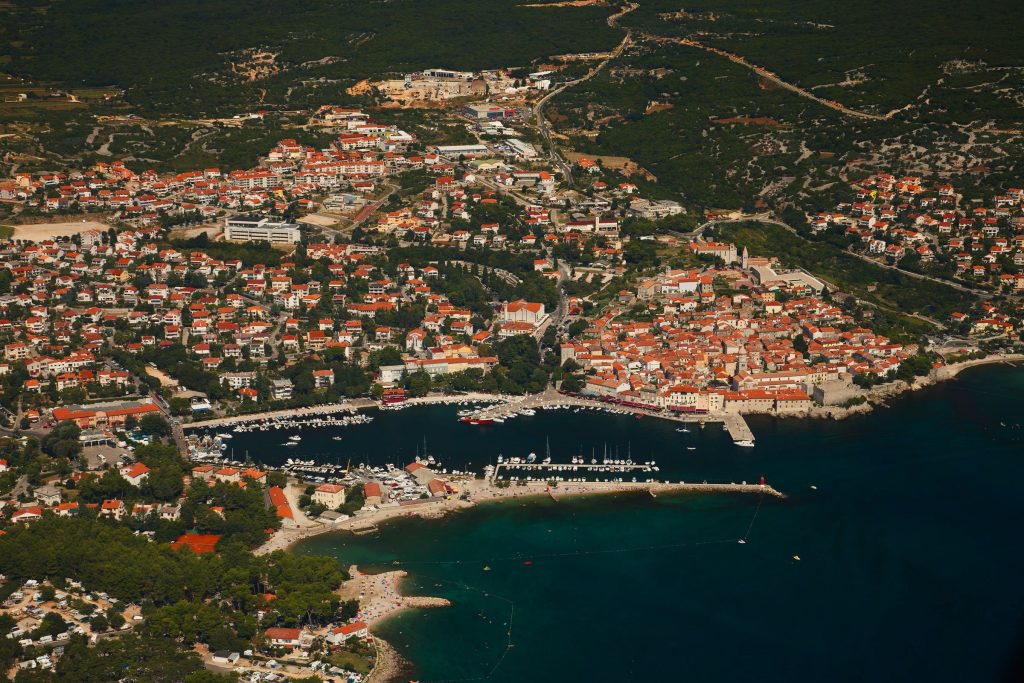January 3, 2024 – The Croatian government is embarking on a project to build a second Krk bridge. The Croatian highways company, Hrvatske Autoceste (HAC), opened a tender for the preparation of the study and traffic documentation, including the location permit for the new Krk bridge with connecting roads. The bridge will serve both road and rail and will reach the new port terminal in Omišalj, which is also yet to be built, writes Novi list.
It is a project that was previously written in the spatial plan of the Primorje-Gorski Kotar County, and now, with a deadline of January 29, companies can apply for the preparation of the study documentation, i.e. environmental impact studies (EIA) and other documents required in the process until the location permit is issued. It is estimated that this cost will amount to 600,000 euros, writes Index.
Southern route
According to HACT, the plan is to draw up the documents in the next three years, and then at least two years would be needed to carry out the construction works themselves.
“After we renovated the existing Krk bridge two years ago, the strategic plan for the development of transport also planned the construction of this second, new bridge, including the railway bridge. There is already a need for it, and when the container terminal in Omišlj is completed, it will need to be even bigger, and the old bridge will not be enough for all that. That’s why this tender is a step towards the construction of a new bridge. We are definitely going to do it now,” says Minister of Transport and Deputy Prime Minister Oleg Butković.
A two-storey bridge
The president of the HAC board, Boris Huzijan, explains that the type of construction of the new bridge will be determined in this phase of the documentation preparation, while the head of HAC design, Gregor Mihelčić, explains that the bridge will be two-storey – the upper will be a road, while the lower one will have a railway line.
It is a so-called box structure, which means that the bridge, considering the dual railway-road function, would not necessarily be much wider than the existing one, but would certainly be higher, i.e. on two floors. The existing Krk bridge will remain in operation even after the construction of the new one, but the traffic there will be much lighter.
“It is realistic that it will take at least five years, including construction, as even the environmental impact study itself, on average, with such large interventions, takes up to two years, and a complete study of the project’s acceptability about three years. Then it’s time for new tenders and the actual construction work,” says the head of HAC.











